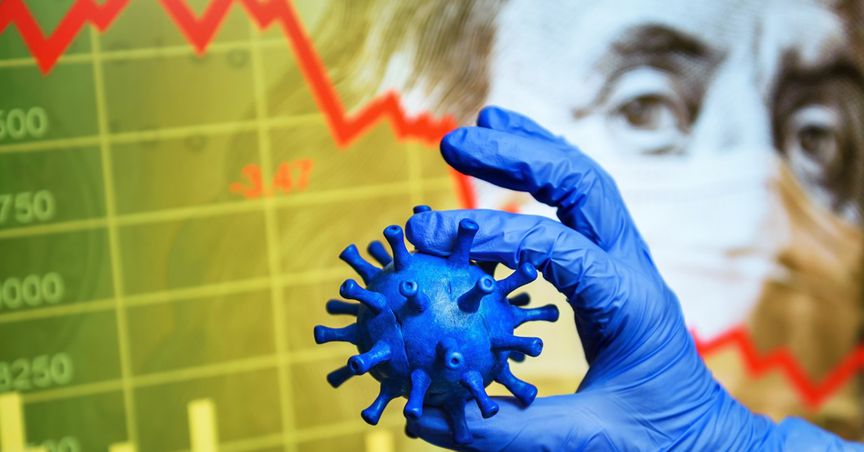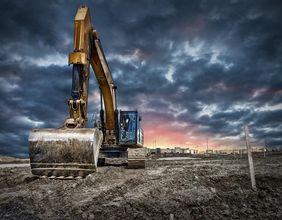The menace around the COVID-19 pandemic seems to be picking up the momentum, yet again. The monster virus has already churned out its new variant that is making up almost half of the growing daily cases in the UK.
On a lighter note, COVID-19 seems to have adopted a strategy that many smartphone manufacturers resort to – as soon as one variant seems to have worn out, the mutated variant is already there in the market.
The latest strain is Delta plus variant –which has been formed due to a mutation in the existing Delta or B.1.617.2 variant – the variant that originated in India. As the new strain spreads its tentacles, the UK has seen 97,365 fresh COVID-19 cases last week – a growth of 53% on a sequential basis.
The new strain has had such an impact, that authorities have already started sounding the alarm bell on the new strain, cautioning the people.
“Six hundred thousand-plus Americans have died, and with this delta variant you know there’s going to be others as well. You know it’s going to happen. We’ve got to get young people vaccinated,” US President Joe Biden said last week.
Meanwhile, the World Health Organisation (WHO) has already called Delta as the most transmissible variant that the pandemic has seen in its near two-year-long life till now.
“I know that globally there is currently a lot of concern about the Delta variant, and WHO is concerned about it too. Delta is the most transmissible of the variants identified so far, has been identified in at least 85 countries, and is spreading rapidly among unvaccinated populations,” said De Tedros Adhanom Ghebreyesus, WHO’s Director General in his weekly briefing.
That is not it. Some of the nations have also announced yet another set of COVID-19 lockdowns to thwart the spread of the new variant. The latest to join the bandwagon is the New South Wales government in Australia – announcing a lockdown in the Greater Sydney area as cases from the new variant touched 110. During the lockdown period, that lasts till 9 July, the people in the Greater Sydney and other specified areas have been asked to stay at home. The lockdown in Greater Sydney came despite the resistance from local conservative government. However, later on, the provincial government succumbed to the suggestions made by experts over the issue.
So, what is a lockdown?
Many a time, people may confuse a lockdown with a curfew. But before we distinguish between lockdown and curfew, let us try to understand what a lockdown is. Used as an emergency protocol, lockdown prevents people from leaving a given area. A full lockdown will mean you must stay where you are and not exit or enter a building or the given area. However, for this scenario, at most of the times, essential supplies are allowed. But all non-essential activities remain shut for the entire period. While, in case of lockdown it is not time-bound – it is 24*7 in place for the specified period. Curfew, on the other hand, is time-bound – with daily relaxation. Also, a curfew is mostly used to contain law and order situations.
How does a lockdown help COVID-19?
A lockdown mandates people to stay at home. So, with minimum interaction possible, the lockdown slows down the spread of a pandemic – and has been historically used as a control measure to combat pandemics. This slowdown is needed as it gives governments more time to get the necessary infrastructure ready to defeat the pandemic. However, it is not a cure to the deadly virus. In case of COVID-19, the only ways that can help defeat the virus are – vaccination and following COVID-19 appropriate behaviour – like washing hands regularly, wearing masks and maintaining social distance at the public places. Also, a lockdown is an economic disaster. As people sit at home, the demand – a key propeller of economic growth – gets completely wiped off.






